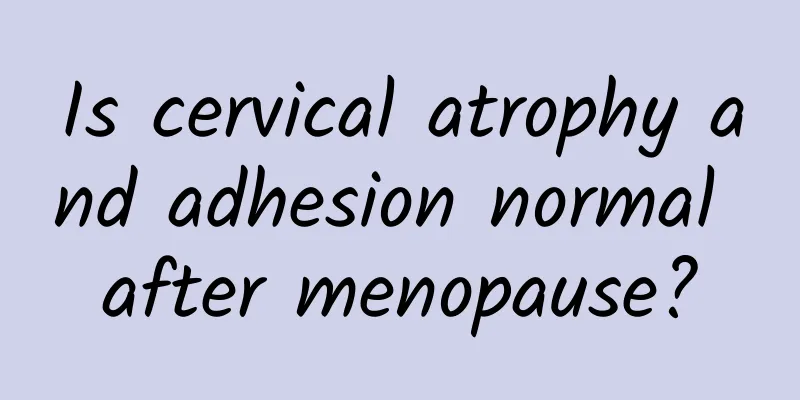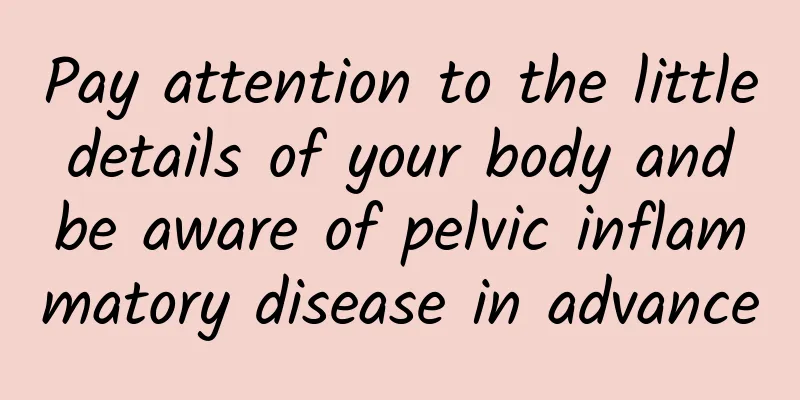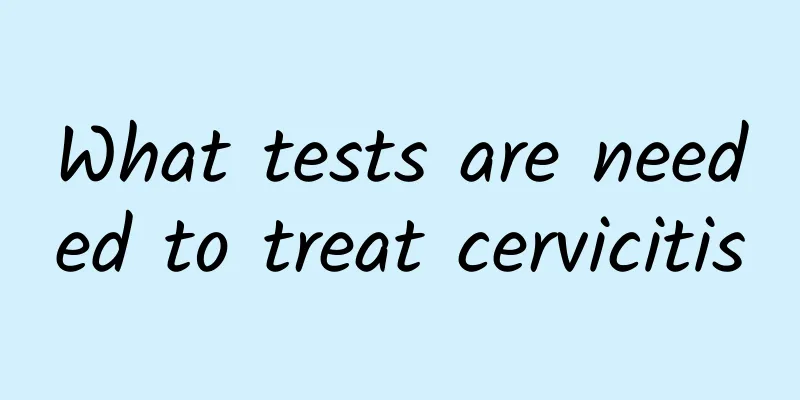Is cervical atrophy and adhesion normal after menopause?

|
Cervical atrophy and adhesions after menopause are normal physiological phenomena, but whether treatment is needed needs to be evaluated based on specific circumstances. Cervical atrophy and adhesions are usually caused by decreased estrogen levels, which may lead to symptoms such as decreased secretions and pain during sexual intercourse. Treatment can be achieved through local estrogen therapy, use of vaginal dilators, or surgical separation of adhesions. 1. Postmenopausal cervical atrophy and adhesion are normal physiological changes. The estrogen level in women after menopause drops significantly, causing the cervical tissue to lose elasticity, the mucosa to become thinner, and adhesions to occur easily. This situation is more common in menopausal women, but not all people will have obvious symptoms. 2. Cervical atrophy and adhesion may cause discomfort. Common symptoms include decreased vaginal discharge, pain during intercourse, and difficulty urinating. Some patients may have difficulty in menstrual discharge due to cervical stenosis, or even infection. If the symptoms are severe, you need to seek medical evaluation in time. 3. Local estrogen therapy is one of the main methods. The use of estrogen ointment or suppository can improve the condition of cervical mucosa, increase secretion, and relieve adhesion. Commonly used drugs include estriol ointment, conjugated estrogen cream, etc. Treatment should be carried out under the guidance of a doctor and regular review is required. 4. Vaginal dilators help prevent and relieve adhesions. Using a vaginal dilator can keep the cervical canal open and prevent further tissue adhesions. It is recommended to use it for 10-15 minutes a day and use it with a lubricant to reduce discomfort. Long-term persistence can effectively improve symptoms. 5. Surgical treatment is suitable for severe adhesion cases. If adhesion seriously affects the quality of life or causes complications, surgical separation of adhesions can be considered. Surgical methods include cervical dilation, hysteroscopic adhesion separation, etc. Estrogen therapy is required after surgery to prevent recurrence. Although postmenopausal cervical atrophy and adhesions are normal physiological changes, if they cause discomfort or affect the quality of life, you should seek medical evaluation in time and take appropriate treatment measures. Local estrogen therapy, use of vaginal dilators or surgery can effectively improve symptoms and improve quality of life. |
<<: What tests are done to diagnose sinus atresia?
>>: What are the causes of amenorrhea?
Recommend
Vasopressin and oxytocin may cause primary dysmenorrhea
Dysmenorrhea refers to cramping pain in the lower...
What to do if uterine effusion occurs?
It is very necessary to check for uterine effusio...
Zheng Duoyan's dumbbell exercise 3 moves to get rid of butterfly sleeves
With spring approaching, throw away your heavy cl...
Losing weight is super easy, start by changing the order of your meals! The explosive weight loss method has three major principles
When people who have tried to lose weight mention...
How do women treat cervical erosion and infertility? Three major treatments for cervical erosion and infertility
Cervical erosion is one of the more common cervic...
Will you get fat if you eat fat? One table to understand the difference between good and bad fats
Among the many terms I learned while studying die...
Only by eating the right starch can you lose weight! Sweet potato, corn and oats are super effective
There are many different ways to lose weight, and...
Do you need to treat chronic cervicitis? Patients with chronic cervicitis must know these things
Chronic cervicitis is a common disease that has a...
Different types of pelvic inflammatory disease are treated differently
Pelvic inflammatory disease is mainly divided int...
Eating at night can help you lose more weight and improve your metabolism to protect your health?
Israeli scholars have found that concentrating st...
How to treat bacterial vaginitis?
How to treat bacterial vaginitis? Bacterial vagin...
How to completely cure chronic adnexitis?
How to completely cure chronic adnexitis? Chronic...
What Chinese medicine can regulate uterine fibroids? What Chinese medicine can eliminate uterine fibroids?
What Chinese medicine can regulate uterine fibroi...
What are the symptoms of uterine fibroids? Can uterine fibroids cause menstrual bleeding?
Uterine fibroids are one of the most common benig...
What are the early symptoms of vulvar leukoplakia?
What are the obvious early symptoms of vulvar leu...









